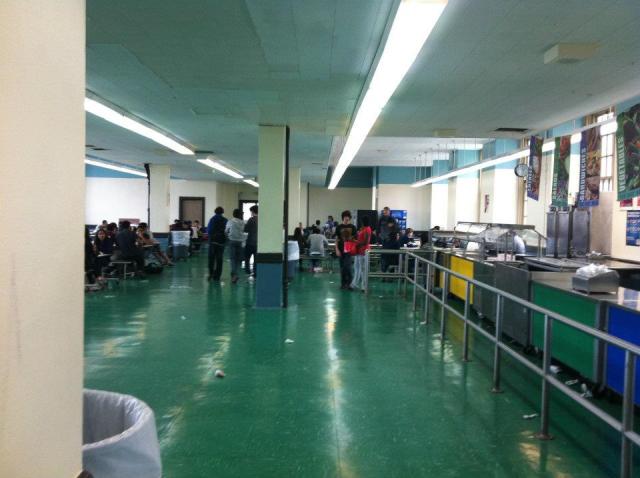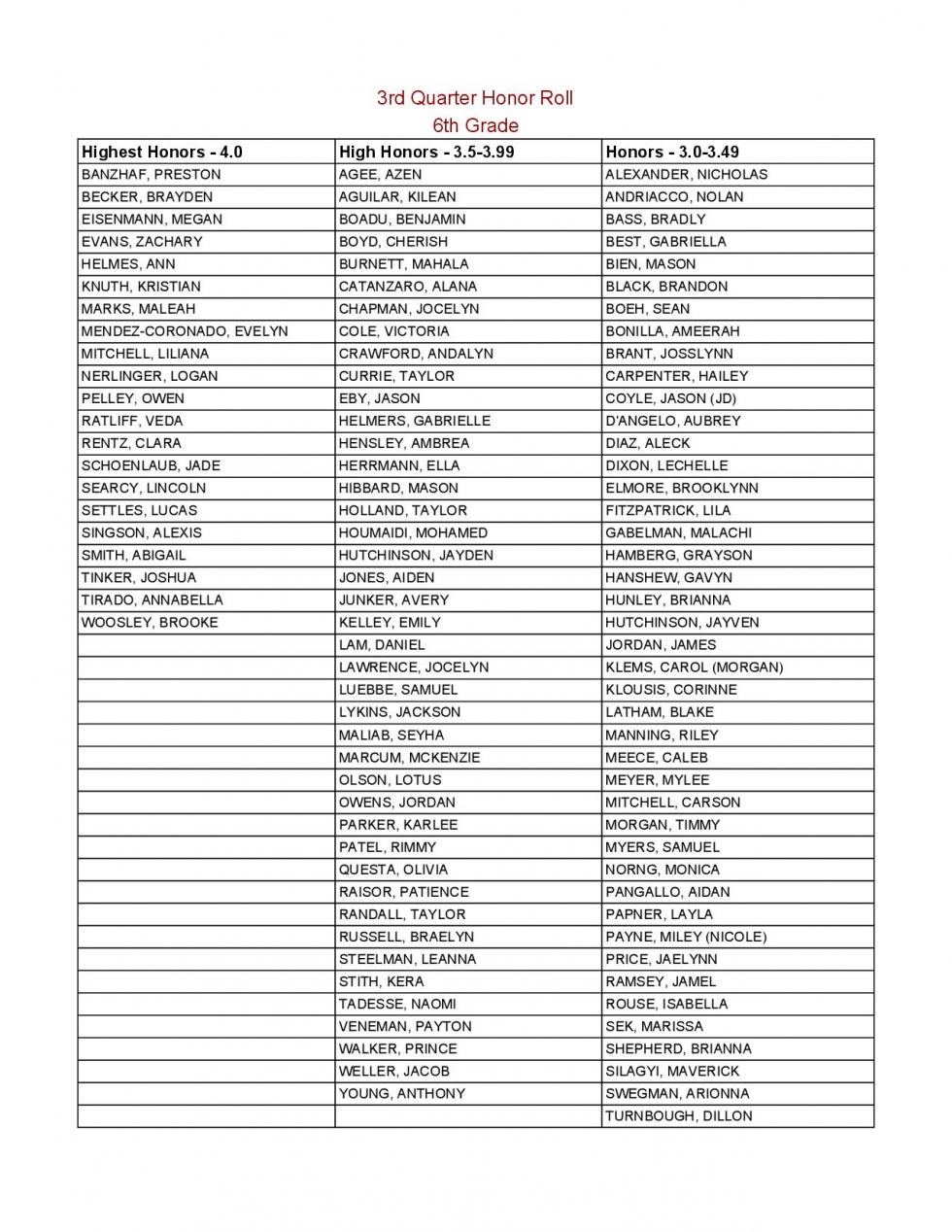
Coding can be described as learning a language. Or rather, a collection of scripts that are similar to each other but follow very specific rules. Some even claim that coding represents the DNA of the digital age. Every website, program, application and kitchen appliance that functions depends on code. Coders play an integral part in shaping the modern age. This article will provide more information.
Scripting
Programming and coding allow you to automate specific processes and functions. Programming can be used to perform many functions, including sending automated text messages and emptying recycling bins. Programs can also be accessed directly through scripting languages. These languages allow a website to respond to user input in many ways, from using direct commands to clicking buttons. A script is usually written by programmers and runs in a browser.
Both scripting as well as coding are crucial to the development process. However both languages have their strengths and weaknesses. Most programming languages require some level technical expertise in order to accomplish tasks. Scripts can also be small, but powerful pieces. They can be used to automate tasks within the main program. To learn more about scripting, click here. Once you are familiar with both, it will be easy to automate your workflow.

Text-based coding
Although many teachers begin with block-based programming, there are important reasons to move students to text-based programming. Text-based coding gives students the opportunity to practice a variety of skills, develop critical thinking, and build foundational knowledge. For beginners it can be challenging, but it is worthwhile to equip them with the tools to succeed. These are five tips to help students master text-based programming.
First, text-based programming can be taught to young children with limited psychomotor skills. Text-based coding languages are also quite easy to learn, and even young children can become pretty competent using them. If the coding enthusiast is enthusiastic enough, they may want to progress to language-based coding. The ability to command a robot through text-based codes is an important skill that can be useful later.
Error correction
Coding or error correction is the process of checking for errors in data prior to transmission, and correcting them if necessary. Similar to parity-checking, error-correction programming is becoming more common in network transmission hardware and data storage system. The method stores a code-specific bit sequence with data. Additional bits are available to store the code. The system logs errors that are detected and attempts to identify their source.
The parity process is used to detect errors in data when error-correcting code are applied. The outer code uses parity bits to identify errors. This process requires a number of parity bits that varies with the information bits. Hamming code relies upon the relationship of redundancy bit and data bits in order to detect errors when data is being transmitted. This can be used to detect digital errors. It is possible to increase error-correction rate by using parity.

Experimentation
When writing code, is experimentation or coding more beneficial? Although experimentation can spark your passion, it can also help to classify and understand what you learn in the book. There are many options when it comes to which option is most useful, including learning from the books, coding, and even getting a degree in computer science. The fact is, most programmers have varying opinions on which is best. Some programmers like to code and experiment.
In the above example, an input called “RT” is used to open a form. This is normally hidden, but in the demo, it's displayed at the bottom of the screen. The form can contain either a datafile, or a string with datavalues. The main experiment window will open full screen after you click the submit data button. The data is then sent back to the parent window after it has finished. A submit button is an example of how data can be sent to a server.
FAQ
What does it mean for a teacher to teach early childhood education?
Special training is required for teachers in early childhood education. Before being permitted to teach in public schools, most states require that candidates for teaching positions have been certified by a state board.
Some states require that teachers pass exams on reading and math.
Some states require teachers to hold a certain number of hours of coursework related to early childhood education.
Most states have minimum requirements regarding what teachers should know. These requirements can differ from one state to another.
What is a vocational high school?
Vocational school programs are designed to prepare individuals for specific jobs. They can also offer training in specific skills and general education.
Because it helps young people to develop the skills that they need for success in life, vocational education is an integral part of society. It ensures that all students have access to high-quality learning opportunities.
Vocational schools offer a variety of options for students, such as apprenticeships, certificates and diplomas, degrees, college transfers programs, and other postsecondary credentials. Vocational schools offer both academic and practical courses in math, science and English.
Do you have to go to college in order become an early education teacher?
However, you may want to think about going to college in order to be prepared for a career in the field.
It is crucial to realize that teaching is not an easy job. Every year, there are many applicants who aren’t accepted to programs. Many students also quit college after only one semester.
A teacher must meet all requirements.
What are the various types of early childhood education available?
There are many ways you can describe early childhood education. The most common ones include:
-
Preschool - Children ages 2 to 5
-
PreKindergarten for children aged 4-6
-
Head Start/ Headstart for children ages 0-3
-
Day Care/ Daycares - Children ages 0 to 5
-
Child Care Centers: Children from 0-18
-
Family Child Care - Children ages 0 to 12
-
Home schooling - Children aged KG to 16.
What is homeschooling?
Homeschooling is an educational method where children are educated at home by their parents. This is also called private education, self-education or homeschooling.
Family members who want to teach their children at home can opt for homeschooling. They can receive a high-quality education at home.
Parents educate their children from birth until they graduate high school. They decide which subjects they will study and how long each one should be. Everything is learned by the student on their own.
Parents choose when to start teaching their children. Many schools recommend that children attend classes from age four until twelve years old. However, some families wait to teach their children until they are old enough to do so.
You can use any number resources to help your children through the curriculum. Books, videos, websites, and even magazines provide valuable lessons.
Many families find homeschooling a great fit for their busy schedules. Children can be spent more time at home than in traditional public schools.
What is the purpose of schooling or education?
Education should be able to help students acquire the skills needed for employment. It is not only an academic pursuit, but also a social activity in which children can learn from each other and gain confidence through participating in sports, music, or art. Education is about helping students think critically and creatively to become self-reliant and autonomous. What does it mean for a school to be able to meet high educational standards?
High educational standards ensure that every pupil achieves their potential. These standards provide clear guidelines for teachers to follow with their students. Good education standards allow schools to be flexible enough for changing needs. Equal opportunity for all children, regardless of background, must be provided.
Statistics
- These institutions can vary according to different contexts.[83] (en.wikipedia.org)
- Globally, in 2008, around 89% of children aged six to twelve were enrolled in primary education, and this proportion was rising. (en.wikipedia.org)
- They are more likely to graduate high school (25%) and finish college (116%). (habitatbroward.org)
- Among STEM majors, that number is 83.5 percent. (bostonreview.net)
- In most developed countries, a high proportion of the population (up to 50%) now enters higher education at some time in their lives. (en.wikipedia.org)
External Links
How To
What is vocational training?
Vocational education prepares students for the workforce after high school. Students are trained in specific skills to be able to do a particular job such as welding. You can also get on-the job training through apprenticeship programs. Vocational education stands out from general education. This is because it focuses less on general knowledge and more on developing skills for specific occupations. Vocational training is not designed to prepare individuals for university but rather to assist them in finding jobs upon graduation.
Vocational education can take place at all levels of schooling. This includes primary schools, secondary schools and colleges, universities as well as colleges, technical institutes, technical colleges, trade schools, community college, junior colleges, four-year colleges, and colleges. Many specialized schools are available, including nursing and culinary schools, law schools medical and dental schools, veterinary medicine school, veterinary medicine schools, firefighting training schools, police academies, military academy, and other military schools. Many of these offer both academic instruction, and practical experience.
Over the past decade, a number of countries have made substantial investments in vocational education. These include Australia, Denmark and Finland, Germany. However, the effectiveness of vocational education remains controversial. Some argue it doesn't improve students' employability, while others argue it prepares them for the future.
According to the U.S. Bureau of Labor Statistics (47% of American adults are currently holding a postsecondary certificate/degree related to their current job), this figure is higher among those with more education. This figure is higher among those with more education: 71% of workers aged 25-29 with a bachelor's degree or higher are currently employed in fields requiring postsecondary credentials.
According to the BLS, nearly half of America's adult population held at least one postsecondary credential in 2012. A third of Americans have a two-year associate's degree and 10% hold a four year bachelor's degree. One in five Americans holds a master’s degree or doctorate.
The median annual salary for people with a bachelor's was $50,000. This compares to $23,800 for those who don't have a degree. For those with advanced degrees, the median wage was $81,300.
The median wage for people who did not finish high school was only $15,000. A person with a lower high school diploma earned $13,000 annually.